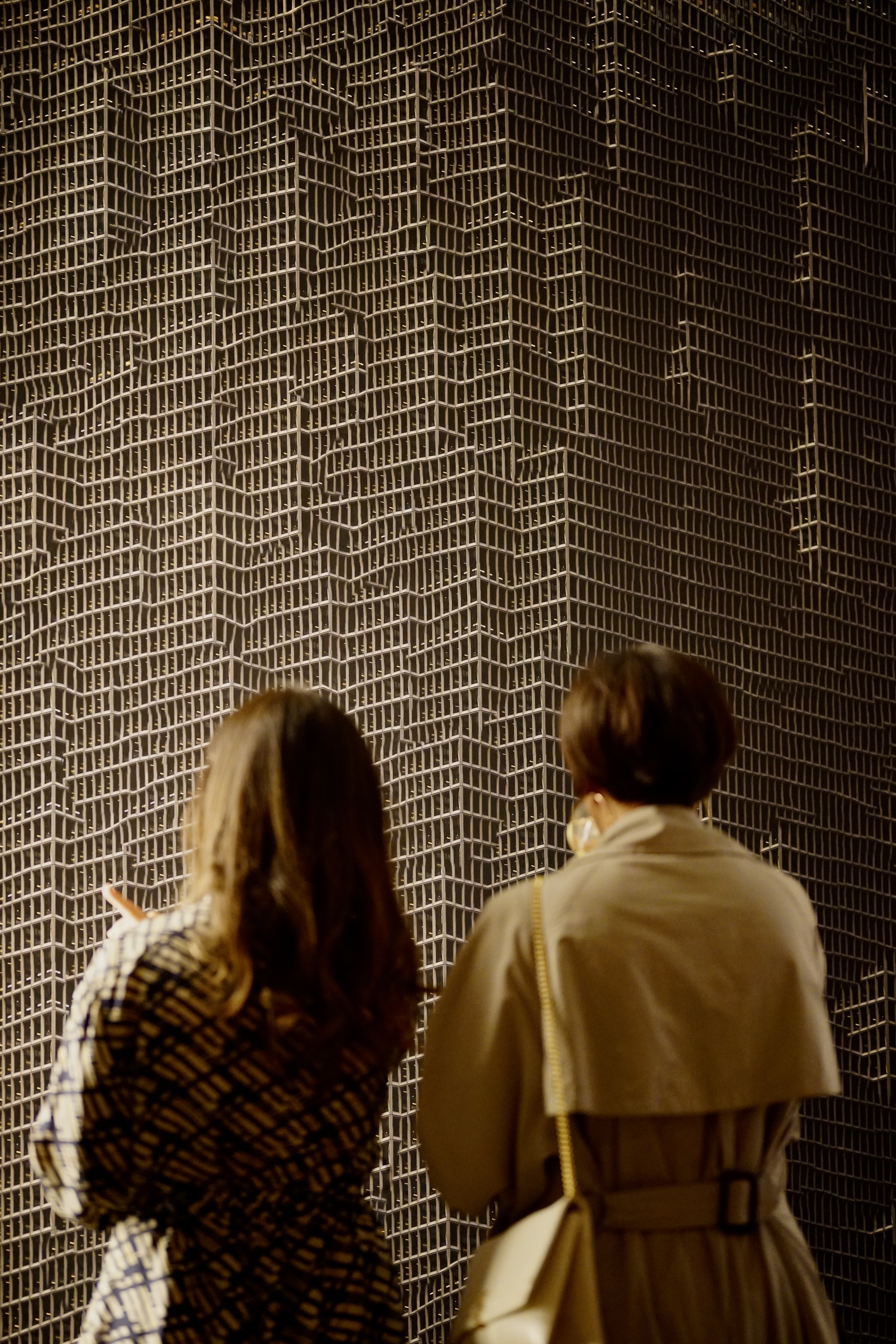ARTISAN with Dariusz Jasak and Cosimo de Vita
Florence, 2023

After years of working in close contact with Florentine artisans for the creation of Casa G. Firenze, we thought of a project that could prolong this experience and make it accessible to a wider public. The project that was born from this initiative, ARTISAN, celebrates the knowledge of these maestri by proposing an open discussion with figures in the world of art and design. In the first edition of ART•ISAN, Casa G. Firenze is proud to host the works of Cosimo de Vita and Dariusz Jasak. De vita, a Florentine designer and artisan, preferring to refer to himself as an "artisainer" (half artisan, half designer), is strongly devoted to art and craftsmanship, being inspired by his father and grandfather, who too, were artisans. Having moved back to his hometown, Florence, in 2012 after several international experiences, De Vita started seeing the city from a different perspective and growing the desire to combine the past and the future in his works. Dariusz Jasak, a photographer with Polish origins, tends to mainly fluctuate between fashion and architectural photography, which are his main passion. In his new series of photographs, Jasak looks "for universal values of the contemporary world focusing on the development of modern architecture in the modernist spirit." In his recent exhibitions around Europe, Jasak has repeatedly addressed Le Corbusier's concept of the "machine à habiter", transferred from the scale of a building, to the scale of an entire city.
In this exhibition, Darius Jasak presents a work from his new "High Dimension" series. Our gaze comes into contact with a minimalist structure made of steel and glass, which occupies the entire surface of the photograph. This focalised perspective gives the impression of an unreal monolith, in which the recognition of individual shapes become possible only upon closer inspection. In this work Jasak has digitally manipulated photographs of architecture, duplicating shapes and changing the scale. With the help of AI, he interferes with architecture dominated by technological progress. This repetition causes a disturbance in perception and the spectator becomes an element of visual disinformation. The accumulation of repetitive elements tires the eyes and makes us dizzy, as do the unnaturally large buildings which we are unable to encompass with a single glance. Jasak analyzes the sensations evoked by architectural forms and their representations by referring to the Op-art tradition. The artist is interested in how urban planning affects people's lives, especially in the dimension of globalization - since the industrial revolution and advances that followed it, architecture around the world seems to be moving in the same direction. Skyscrapers, the size of which are limited by the strength of their materials, are disconnected from the human scale. In an increasingly interconnected world, a distinctive, unified, and efficient structure with a minimalist appearance is required. It is impossible to know at a glance where the photo was taken. The artist creates a kind of extraterritorial topography, taking up a futuristic and perhaps even dystopian theme. In contemporary futuristic visions, at times, there is no limit that can inhibit their realization. Jasak asks whether the course dictated by the constant progress we are heading towards is the right one. -based on description by Marta Czyż.
Cosimo De Vita's work is a site specific juxtaposition to the work of Jasak. Unlike his past designs such as his line "CITYNG", composed of 17 chairs which portray facades of symbolic monuments of the world, this one of a kind armchair is an anomaly from his usual style. In De Vita's vision, the chairs turn into a symbolic object which enclose the city and its values. In this particular case rather than enclosing the values visually his approach with the "Vertigo" armchair is more instinctive. The armchair represents not only a visual, but also a physical sense of distortion and dizziness. At the same time, paradoxically, the piece brings us security and gives us a sense of control over our surroundings, which helps us ground ourselves in a frenetic society that is in continuous and uncontrollable evolution as opposed to human nature. Like Jasak, De Vita's work plays with the aspect of a micro perspective, a detail of a bigger picture. When viewed at a micro level, the elements become abstracted from their context and take on new meanings and life, revealing hidden complexities and intricacies that are often overlooked at a larger scale. At first glance, the monolithic form of the armchair strikes us as steady and concrete, but quite on the contrary, once placed inside "Vertigo" you lose sense of stability and submerge yourself into the sight of the hybrid and dystopian forms that Jasak's photograph emanate. The wooden armchair represents a beautiful collaboration between artisanal craftsmanship and machine technology, resulting in mesmerizing patterns and designs that transport the viewer to a realm beyond the ordinary.
The juxtaposition of these two artists, with their different mediums and perspectives, creates a thought-provoking art installation where two worlds seem to collide. Jasak's digitally manipulated photographs of architecture and De Vita's anomalous "Vertigo" armchair share the same story, but from different points of view. The exhibition invites us to reflect on how urban planning affects our lives and questions the constant progress we are heading towards. Through their works, Jasak and De Vita challenge us to look beyond what is immediately visible, encouraging us to consider the values and meanings that lie within the details and context of the bigger picture. The ART • ISAN project opens a new way of celebrating the craftsmanship and art of the local artisans, and encourages us to rethink our perceptions of contemporary art and design.


